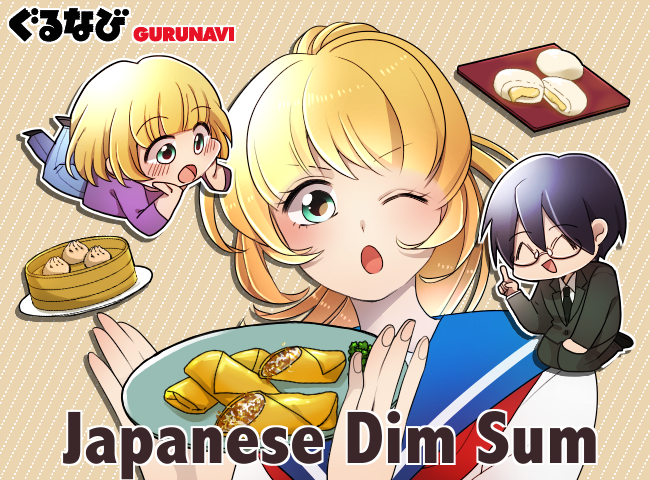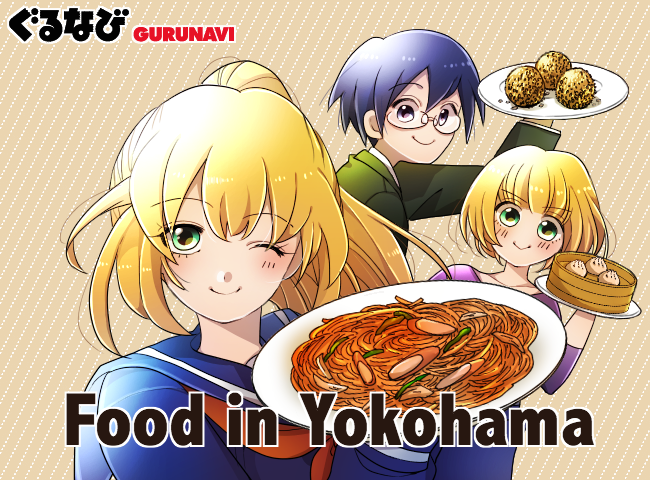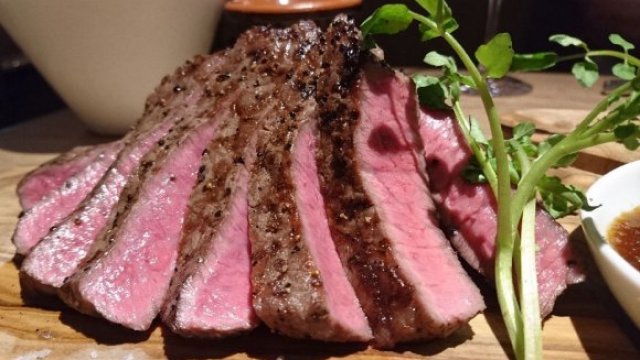Chinese New Year in Japan – How & Where to Celebrate
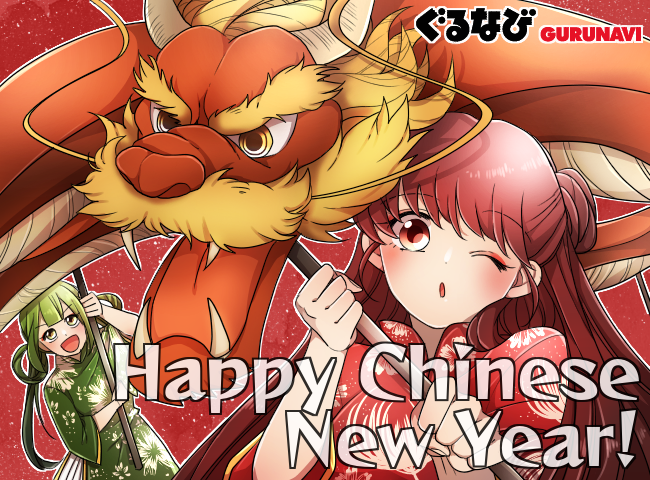
Japan is a popular destination for tourists from China, due to its relative proximity and Japan’s reputation for high-quality food and shopping. There are also a large number of Chinese migrants and their descendants living in enclaves such as the Chukagai (Chinatown areas) of Yokohama, Kobe, and Nagasaki, as well as modern settlements in Tokyo’s Ikebukuro district.
Chinese Lunar New Year is a celebration that takes place from the first new moon between mid-January and the end of February. It’s a festival that honors old traditions and family ancestors, as well as celebrating the coming spring. There are a number of customs, traditions, and superstitions attached to New Year’s celebrations that call back to early Chinese legends.

Chinese Lunar New Year—the most important annual event in Chinese culture—may not be officially a public holiday in Japan, but it is still celebrated widely, read on to discover how.
Chinese New Year Customs

People traditionally clean their homes before the new year to start the the coming year fresh, much like spring cleaning in Western cultures. It’s believed to clean out any bad luck from the past year and make room for good luck to come in. Doors and windows are opened during this time as well to bring good fortune into one’s home. Once New Year’s rolls around, however, be sure to put away the broom, or you may risk sweeping away the good luck of the new year.
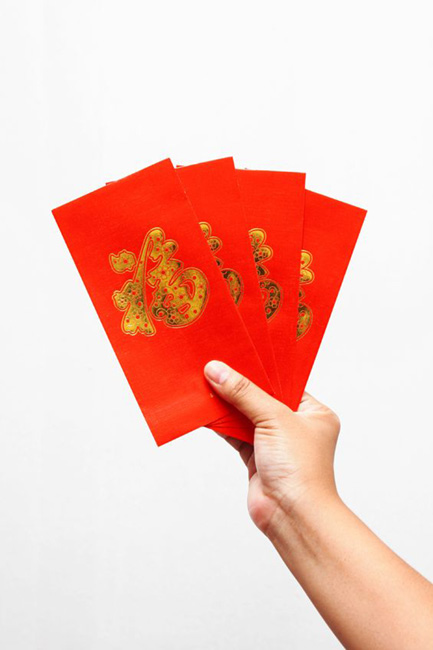
Another Chinese New Year custom is the practice of visiting family and friends. During this time, elders typically give lucky red envelopes containing crisp bills of cash to children as well as adults younger than them.
Food for Chinese New Year

On Chinese New Year’s Eve, families gather for a large reunion dinner, where they eat a special meal full of dishes believed to bring good fortune. Dumplings and spring rolls are said to bring wealth, while fish is said to bring prosperity. Chinese New Year is also a time to eat sweet dumplings and desserts such as sticky rice cakes. After the reunion dinner, family members try to stay up as late as possible on the first day of the new year, a practice called “shou sui”. Tradition states that staying awake longer will bless your parents with longevity.
Chinese New Year Superstitions

Many people put up festive decorations around the house that are colored red, due to an old Chinese legend in which red paper hangings scared away an evil beast. The color is a symbol of good luck and believed to ward off evil. There are also a number of taboo activities around New Year—for example, buying shoes is off-limits, as the word has a negative meaning in Chinese. Showering and cutting your hair at the beginning of the new year are also prohibited, as they may wash away or get rid of any newly acquired good luck.
Public Events
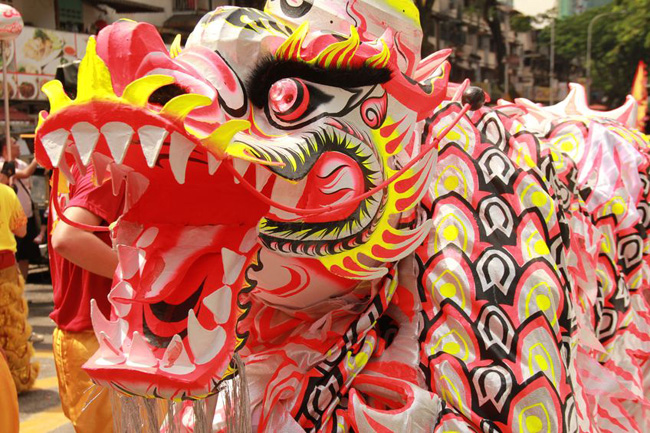
There are a number of public events held to celebrate the Lunar New Year. These festivals typically feature a live music, dancing, acrobatic performers, firecrackers, parades, and fireworks. The lion dance is also an important Chinese New Year tradition, which varies in style from cute and comical lion dances to exciting demonstrations of martial arts.
How to Celebrate Chinese Lunar New Year in Japan
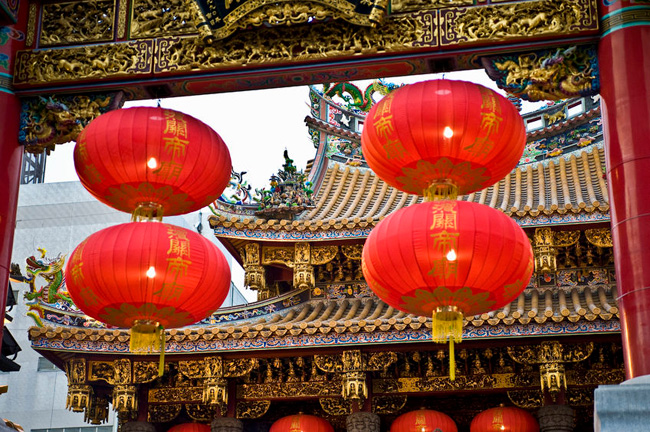
Historically, Japan celebrated New Year’s according to the traditional lunar calendar like China. However, during the Meiji Era, the Japanese government moved towards Westernization and adopted the Gregorian calendar with the new year beginning on January 1. Still, the symbolic importance of Chinese zodiac animals continued, with the animals being incorporated into Japanese new year celebrations. And due to the large number of Chinese migrants and their descendants, Chinese New Year festivities are still celebrated in Japan.
Chinese visitors, as well as visitors from any other country, can celebrate the Lunar New Year in Japan by partaking in any of the customs mentioned above, by joining a special public event, or by eating special wagashi (Japanese sweets) and Chinese cakes.
Chinese New Year Events in Japan
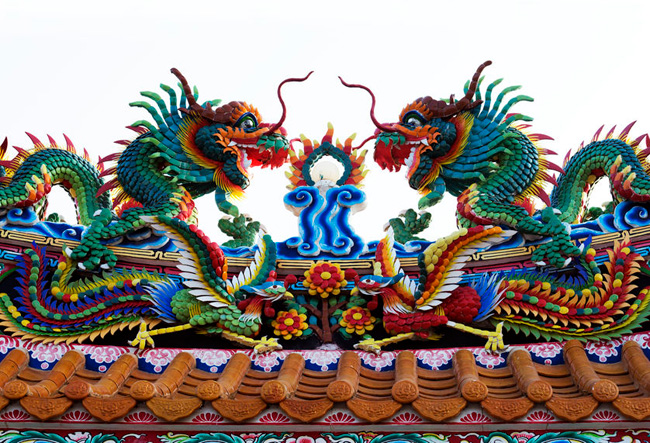
Yokohama Chukagai (Chinatown) is one of the best places to enjoy Chinese New Year celebrations in Japan. Festivities include lion and dragon dances, musical performances, acrobatics, a parade featuring traditional clothing, and fireworks. The Kobe Chinatown called “Nankinmachi” also features live performances, tai chi demonstrations, and firecrackers. Stalls selling food and other goods line the streets. Shinchi Chukagai, established in Nagasaki during the 17th century, is the oldest Chinatown in Japan. The district holds a massive lantern festival to celebrate the lunar new year, with over 15,000 gorgeous Chinese lanterns on display, from small intricate designs to massive lanterns in the shape of Chinese zodiac animals.
Specialty Food
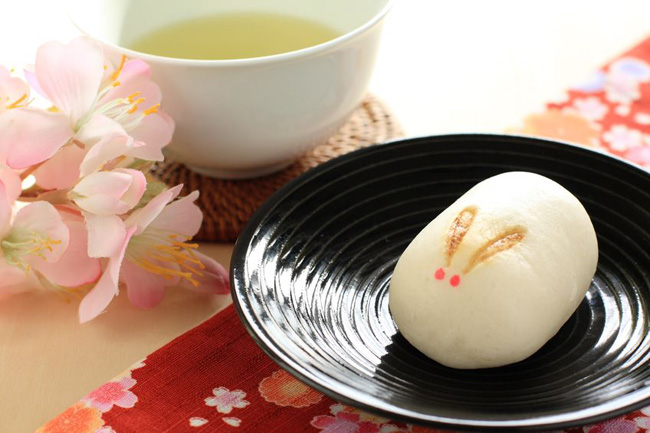
Chinese cakes are not the only sweets enjoyed during Lunar New Year in Japan. Japanese patisseries celebrate the new year with wagashi (traditional Japanese sweets) fashioned in the shape of the Chinese zodiac animal of that year. Japanese bakeries also bake tiny Western-style cakes in the shape of New Year’s animals.
Celebrate Chinese New Year in Japan for an Entertaining & Enriching Experience
Whether you’re visiting Japan and want to celebrate the Lunar New Year during your visit, or you’re simply interested in learning more about how this important holiday is celebrated in Japan, the Chinese New Year festivities are a sight not to be missed.


